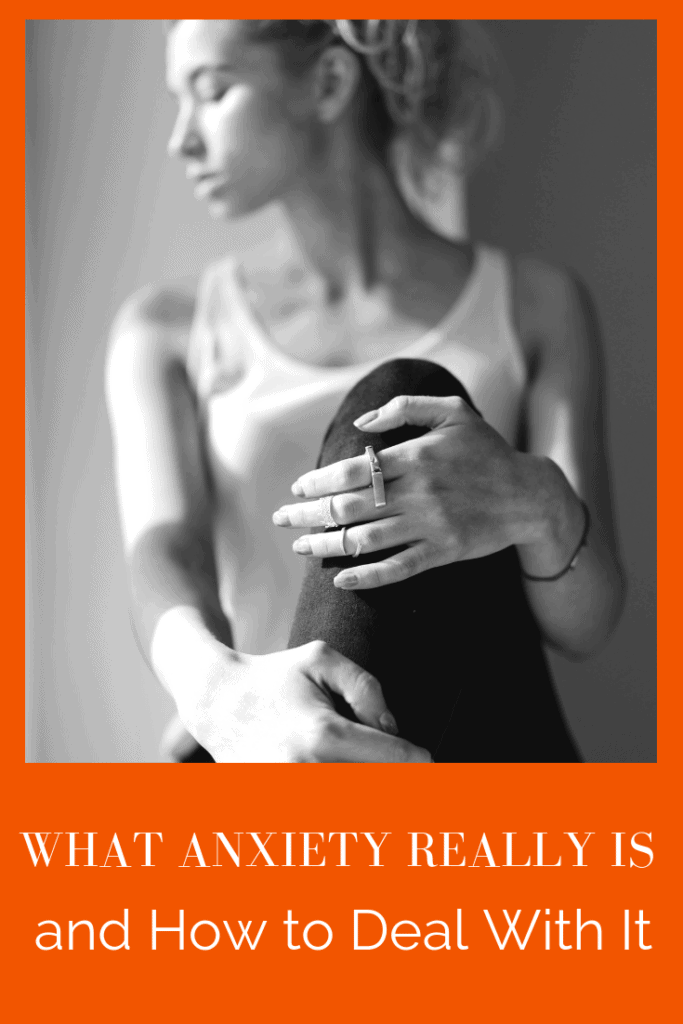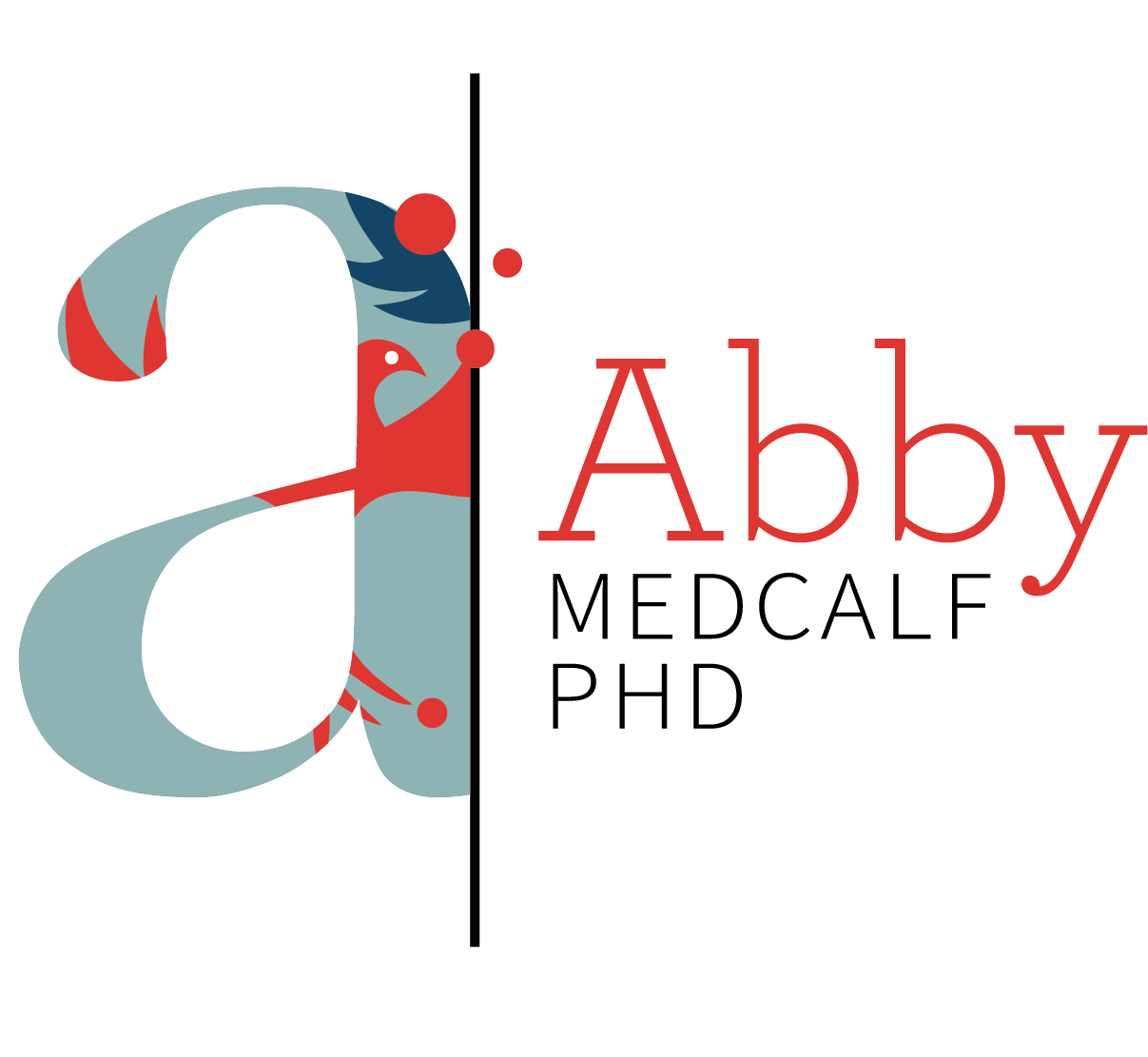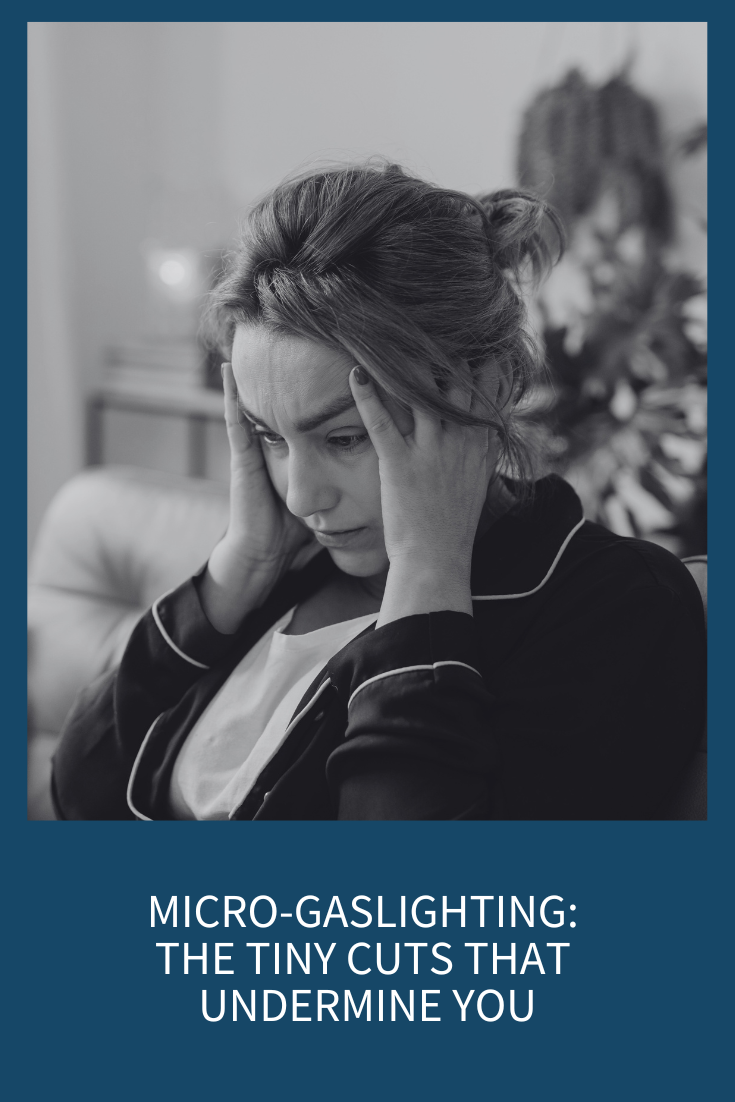
I know this will sound familiar. You’re watching the Nature Channel and you see an antelope grazing somewhere on the savannah. He’s walking placidly along, dipping his head as he chews on the grass. Suddenly, he lifts his head and his ears prick straight up. Before you know it, he’s running at full speed as you watch a lioness burst out of a thatch of bushes as she chases her dinner. They both run like mad. In about 60 seconds it’s over. The antelope is either dead or alive. Here’s the interesting thing you’ve likely missed. If he escapes the lioness, he’ll gently slow down his run until he’s at a walk. Then he’ll wander over to a patch of grass, put down his head and start eating like nothing ever happened.
Cue to you relaxing for a moment, eating a snack. Suddenly you get a text from your partner or boss saying they’re upset. You immediately feel your stomach sink and lose your appetite. You have trouble focusing on what you were doing, and your mind keeps wandering back to that text. You can’t shake it and you’re feeling crappy, anxious and irritated. You can’t stand it so you call your partner or boss and resolve the issue. However, even after you hang up the phone, you still feel somewhat anxious and agitated. You still have trouble concentrating and getting back into the swing of your day.
Why aren’t we like the antelope? Once the “danger” has passed why don’t we feel better? Or, why can we be upset even when there’s really no imminent danger?
To understand the “why” and what to do about it, you’ve got to understand a little bit about your body and how it works.
You know me, I love to jump into the biology behind the why and today’s no different. So, give me a minute to explain what’s really happening when you’re anxious and then we can talk about the right ways to address it.
The Biology of Anxiety:
You’ve likely heard of something you have called your autonomic nervous system (ANS). Your ANS controls all your involuntary body functions from breathing to blinking your eyelids.
There are two branches of your ANS: the sympathetic nervous system (SNS) and the parasympathetic nervous system (PNS).
Your PNS is known as your “rest and digest” system. The PNS slows your heart rate, conserves energy and stimulates all the good stuff like sexual arousal, appetite and digestion. The PNS is your default setting when you’re not in danger. Having it turned on allows you to go through your day of eating, sleeping, having sex and recovering. The more time your PNS is activated, the more relaxed and healthier you’ll be overall.
Now let’s talk about the SNS. For survival purposes, your brain and body evolved to constantly scan your environment for any possible danger. When your brain senses any type of threat (which can literally be your mother-in-law calling), your SNS turns on. You know this as your fight-flight-freeze response. Energy is quickly diverted away from resting and digesting and is sent to any body function needed for fighting and defending yourself. This is why, when you’re upset, you don’t want to eat, your mouth will dry out, and you definitely won’t need to pee.
The SNS activates your adrenal glands which, among other things, produce stress hormones such as cortisol and adrenaline to get you ready to battle. These chemicals give us a natural boost in reflex time, perception, and speed. They cause our hearts to pump faster in order to get more blood and oxygen circulating through our bodies. Your breathing quickens, to bring in more oxygen while your heart beats faster, to increase blood flow to your muscles.
So, let’s get back to our battle on the savannah.
When that antelope was grazing, its parasympathetic nervous system was turned on. He was mellow and digesting all that yummy grass he was eating. When he senses the lioness, however, his sympathetic nervous system ignites which tells him to RUN!!! When he’s outrun the lioness and the danger has passed, his PSN turns back on right away and he’s able to go right back to eating some grass.
It doesn’t work this way for humans. Once the danger is passed, we do NOT go back to relaxing and feeling carefree. We continue to worry! Because of our wonderful prefrontal cortex which allows us to think about our future, we worry and stress over things that haven’t happened but maybe could happen. For survival, this has put us on top of the food chain. However, this also gives us the ability to be anxious and there’s a vicious circle that often takes place.
As I said above, when you’re stressed, your SNS turns on. Remember this is your fight-flight-freeze response and it’s attached to a super important part of your brain called your amygdala. If you’ve been listening to my podcast or reading my blog, you hear me talking about the amygdala quite a bit. This part of your brain is constantly looking for any threat in the environment.
Now, once that amygdala lights up, your heart rate increases and you start to spin. Once everything is activated and you’re spinning, your brain is thinking, “Hey, we’re really worried here, I better get on high alert – clearly there’s some danger around!” Then your amygdala goes into overdrive and reinforces itself. That SNS is lit up and it’s very hard to get yourself calm again just by “thinking calming thoughts” or trying to be rational. The key is to turn on that PNS to physically “cool” your system so that you can think rational thoughts.
In last week’s podcast/blog post I talked about stress. Stress and anxiety are words that are used interchangeably and that’s a problem because they are two different things.
Stress is a response to something external, such as an argument with your spouse or a looming project at work. Once the situation is resolved, the stress goes away. When you’re stressed, it’s important to use tactics such as tackling the issue head on, exercise, getting good sleep and eating well.
Anxiety, on the other hand, is internal. It’s the way you react to stress. There’s usually a persistent feeling of apprehension, doom, dread or disconnection (some people describe a “floaty” feeling of being unmoored). Unlike stress, anxiety continues even after an issue has passed (back to that antelope on the Savannah).
If you’re feeling anxious, many of the same tools used for stress can help, but they’re usually not enough. Adding grounding exercises can make all the difference. Grounding is a technique that focuses on keeping you in the present. It’s about reorienting you to the here and now which is your true reality. In the present, you’re OK.
Here are some common Grounding Exercises:
Feelings aren’t Facts: Remind yourself that “Feelings aren’t Facts.” Make this your mantra for 60 seconds and feel yourself in the moment – let the anxiety slip away and get into the reality of right now.
Slow Down One Thing: Eat or drink something very slowly with the goal of examining it and focusing all your attention on whatever you’re eating or drinking. Is it sweet, sour, bitter or salty? Is it hot or cold? What’s the texture like? How does it feel in your mouth? How does it feel going down your throat?
Take Root: Set a timer for three minutes. Sit in a chair or on the side of your bed with your hands on each thigh and your feet planted firmly on the ground. Close your eyes and take one deep breath in through your nose and out through your mouth. As you slowly release this breath, feel your energy sinking down to your feet. Wiggle your toes and feel all the points that your feet are in contact with the floor or your shoe. Bring yourself fully to the moment as you anchor your feet to the floor. Continue to breathe normally. With each exhale, feel your feet more firmly rooted. Start to imagine roots branching out from the bottom of your feet and going deep into the ground, anchoring you. Picture those roots going deeper and deeper until the alarm goes off.
Snap Into Reality: Wear an elastic band on your wrist (not tight) and pull it gently and let it go a few times. Feel it snap back onto your wrist and feel yourself firmly rooted in the here and now and what you’re feeling.
Pick a Color: Sit or stand comfortably with your feet planted firmly on the floor. Pick a color and see how many things you can identify with some shade of that color. If you’re still feeling anxious, pick another color and do it again.
The 5, 4, 3, 2, 1 Exercise: This technique brings you into the here and now by using all five senses. You’re going to need to have something to drink or eat close by before you start. Sit comfortably with your feet planted firmly on the floor. Close your eyes and take 3 deep breaths (in through your nose and out through your mouth). Now, open your eyes and name out loud:
- Five things you can see
- Four things you can feel (your jeans if your hands are resting on your thighs, you can also reach out and touch things)
- Three things you can hear
- Two things you can smell (you can bring an object closer to your nose)
- One thing you can taste (whatever you chose to have near you before you started. Take a minute or so to savor whatever it is that you’re eating or drinking and really pay attention to it).
- Take a final deep breath in through your nose and out through your mouth






